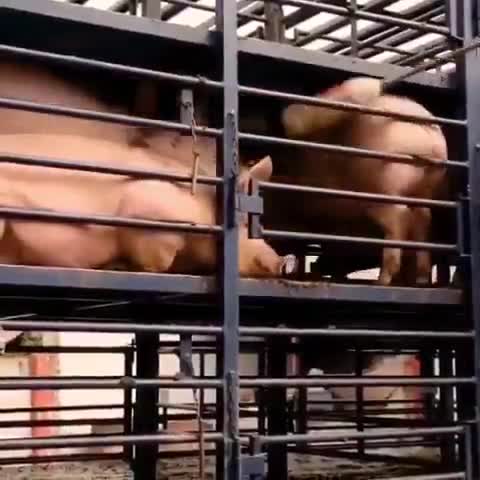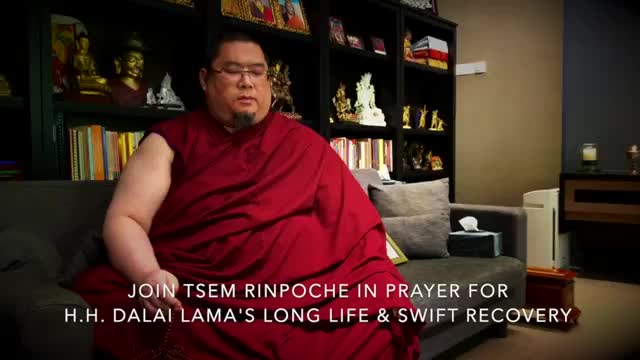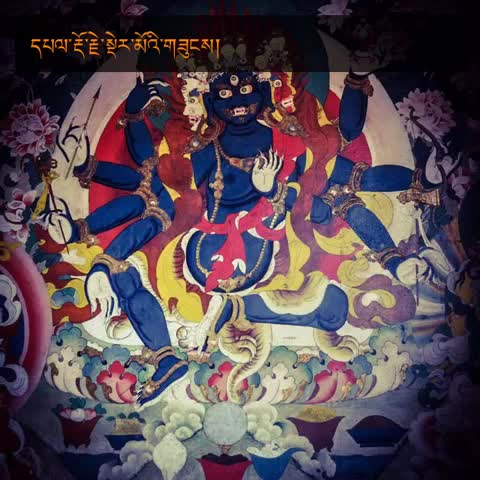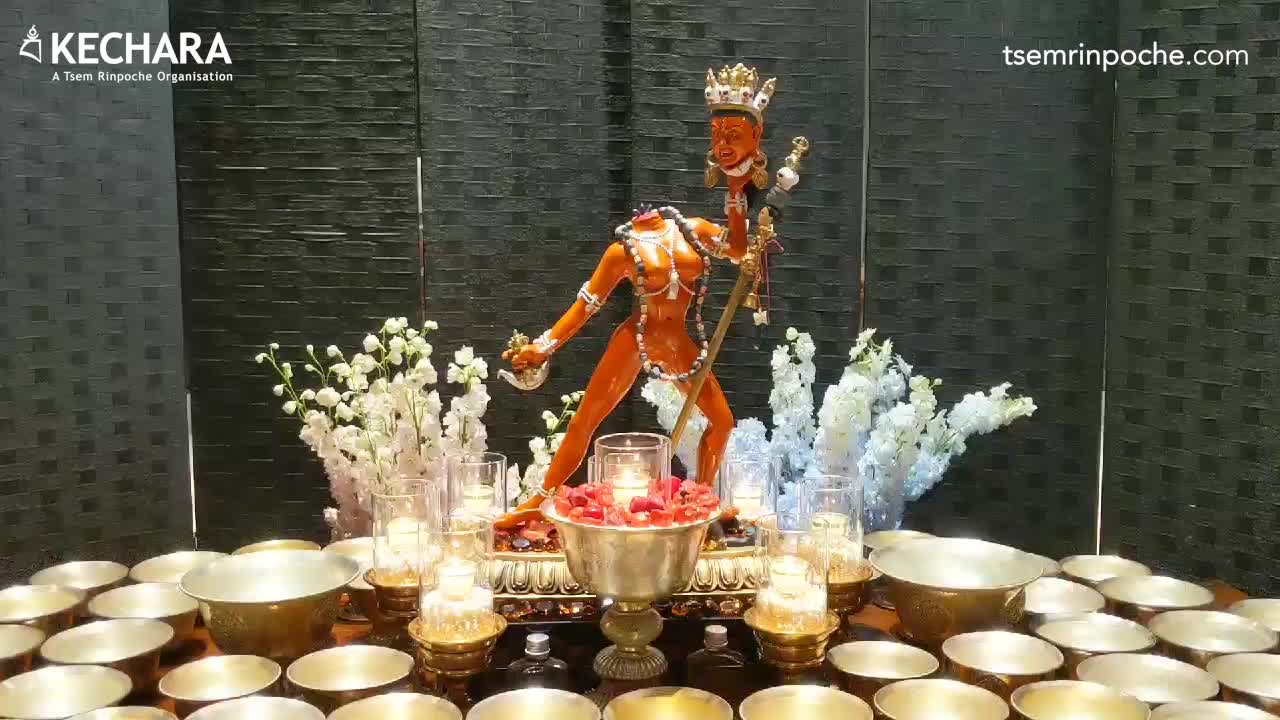Question asked by Sherab
Are Ushnisha Vijaya and Saraswati really the same being as they are one of the 21 Taras? That's what I found.
Would the Saraswati practice be best for a young student focusing on his studies and music and has difficulties with his enemies while reaching enlightenment? Or would that be Dorje Shugden practice? Also, if one takes up Saraswati practice, isn't that technically the same as taking up Palden Lhamo's practice?
When one makes offerings to the peaceful form of their Buddha, would that be making offerings to their wrathful forms at the same time as well? For example, if one is giving offerings to Manjushri, are they also offering to all of Manjushri's forms at the same time or one at a time is required?
I found that Chinnamasta is Vajrayogini, but would that mean Hindu mantras would work for Vajrayogini's form as Chinnamasta? Also, since Chinnamasta has many Hindu forms, wouldn't that mean Kali, Devi, Dhumavati, and the other 10 Mahavidyas are all Buddhas in the Hindu form? If so, would it be wise to chant their Hindu mantras?
I got confused on Mahadeva(aka. Shiva). Here, it says he is an unenlightened being, but I found that he was also the consort of Chinnamasta, a form of Vajrayogini. Does that mean Chinnamasta and all her forms are enlightened, but not her consort?
Is the mantra of Vajrayogini "Om Vajrayogini Hum Phat Svaha" or "Om Om Om Sarva Buddha Dakiniye Vajra Varnaniye Vajra Vairochaniye Hum Hum Hum Phat Phat Phat Svaha"?
Which practices are the safest and appropriate for middle schoolers and high schoolers? Vajrayogini practice, Vajrasattva practice, Dorje Shugden practice, Saraswati practice, Manjushri practice, Guru Rinpoche practice, Tara practices, Kurukulle practice, or which one?





































































































































































































































Dear Sharab,
Thank you for your extensive questions.
You are right that some lists of the 21 Taras (depending on which lineage and tradition) include both Ushnisha Vijaya and Saraswati. In this case, are both considered to be part of Tara. Though they appear in different forms, to aid practitioners in different ways along their spiritual path, they are both enlightened beings. In fact all the Buddhas, whatever their form are the same in their nature, they are all enlightened. The difference is that they emanate in various forms to help practitioners, because sentient beings have differing karma and afflictions. The Buddhas emanate in different form to help sentient beings in the ways they need help the most.
Saraswati is indeed a very good practice to engage in for a student and for learning music. These are two areas that the practice of Sarawati is particular suited. However, the part you wrote about enemies does not accord to Buddhist practice. The two major areas that you need to train in to reach enlightenment are wisdom and compassion. No matter what how much you train in one, without the other enlightenment is impossible. Therefore, to ‘deal’ with enemies on a deeper level, means to examine and transform your own mind, so that you can forgive any harm that has been inflicted on you and move on. Rather you should develop compassion for them. Saraswati’s practice can you in this way, as her practice can help you increase wisdom, which you can use to transform your own mind. Dorje Shugden’s practice is beneficial to remove obstacles in both your secular and spiritual life. As an emanation of Manjushri, you will have the added benefit of increasing wisdom, but Dorje Shugden’s practice is more geared towards the removal of obstacles. Saraswati’s practice is more geared towards study, music and composition.
While Palden Lhamo is an emanation of Saraswati, her form and function is different. Therefore the benefits of the practice are also different. I’ve already mentioned Saraswati’s benefits, Palden Lhamo on the other hand is a Dharma protector just like Dorje Shugden. Therefore her practice is also geared towards the removal of obstacles. Therefore it is the benefits you receive from the practice in your spiritual journey that is different.
In regards to making offerings, yes you are right. When you make offerings to Manjushri, you are making offerings to all the forms of Manjushri. For example if you make offerings to Manjushri, you are making offerings to Lama Tsongkhapa and also Yamantaka as they are emanations of Manjushri. In essence they are all the same being, and by extension of being a Buddha, the same in nature of all enlightened beings. Therefore no matter what your personal practices are, it is extremely beneficial to make offerings to any enlightened being.
Someone asked about Chinnamasta and Vajrayogini recently here as well. You are right that one form of Vajrayogini is the headless form of Vajrayogini, who is known as Chinnamasta. Overtime, her form became incorporated into the Hindu pantheon of goddess as a form of Shakti, the consort of the god Shiva. When referring to the mantras of deities, one needs to check the lineage and where it comes from. Whereas I know that the Vajrayogini mantra comes from the Buddha through an unbroken lineage of enlightened masters, I do not know this about the Hindu mantra. Therefore I can only say that the Buddhist mantra is the mantra of Vajrayogini.
In regards to the Hindu form of Chinnamasta, she is considered to be a goddess, and not a Buddha. Whereas in Buddhism she is known as a Buddha rather than a goddess. The practices in each religion would subsequently differ. This would go to show that the Hindu form of Chinnamasta and subsequently the various other forms of the gods and goddesses are not the Hindu forms of the Buddhas. Gods/goddesses are always defined as such and Buddhas are always identified as Buddhas. It is entirely up to you and your spiritual practice if you want to recite the Hindu mantras of these deities. From a Buddhist perspective there is nothing wrong with this, but you will not reach the goal that Buddhists aim for, which is enlightenment, because the functions of the mantra differ.
Shiva is indeed a god and not a Buddha. As mentioned, when Chinnamasta was integrated into, as a goddess and not a Buddha, she became the consort of Shiva within Hinduism. Therefore in Hinduism, both Chinnamasta and her consort are not enlightened beings, but are the from the highest realm of the gods.
In regards to the Vajrayogini mantra, since her practice belongs to the Highest Yoga Tantra class of deities, her mantra is not shared with those who have not received the empowerment for many reasons. Therefore I cannot comment on what Vajrayogini’s mantra is.
The best practices for those in middle school and high school, would be Manjushri, Saraswati and Dorje Shugden. These practice are extremely beneficial for students, the first two are specifically aimed at increasing wisdom and doing well in study, when Dorje Shugden’s practice is for the removal of obstacles, which important for students, especially during exam time,etc. You can find a short prayer to Manjushri here: https://www.tsemrinpoche.com/tsem-tulku-rinpoche/prayers-and-sadhanas/gangloma.html and a short prayer to Saraswati here: https://www.tsemrinpoche.com/tsem-tulku-rinpoche/prayers-and-sadhanas/sadhana-prayers.html#16. I hope this helps.
Thank you.